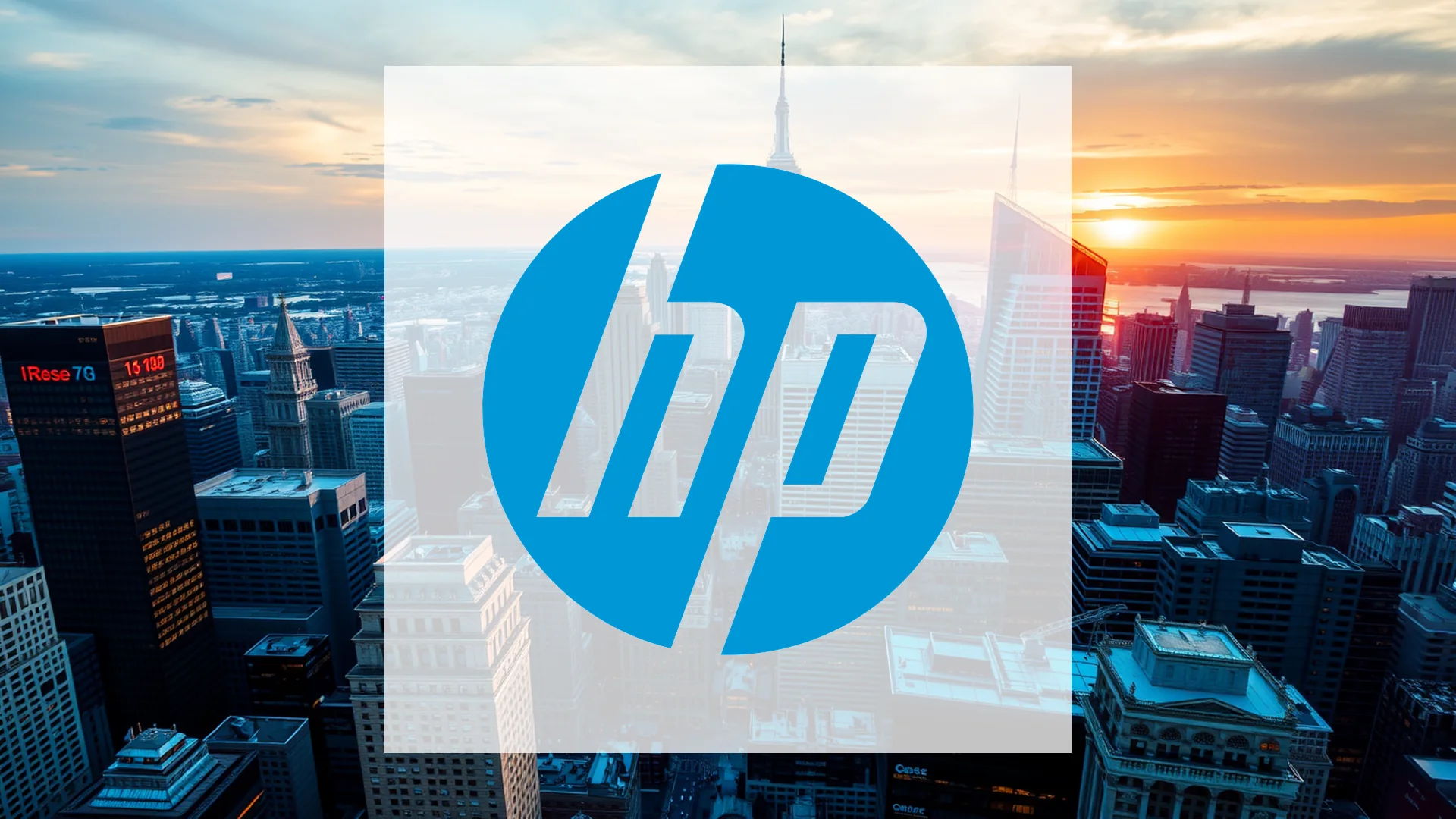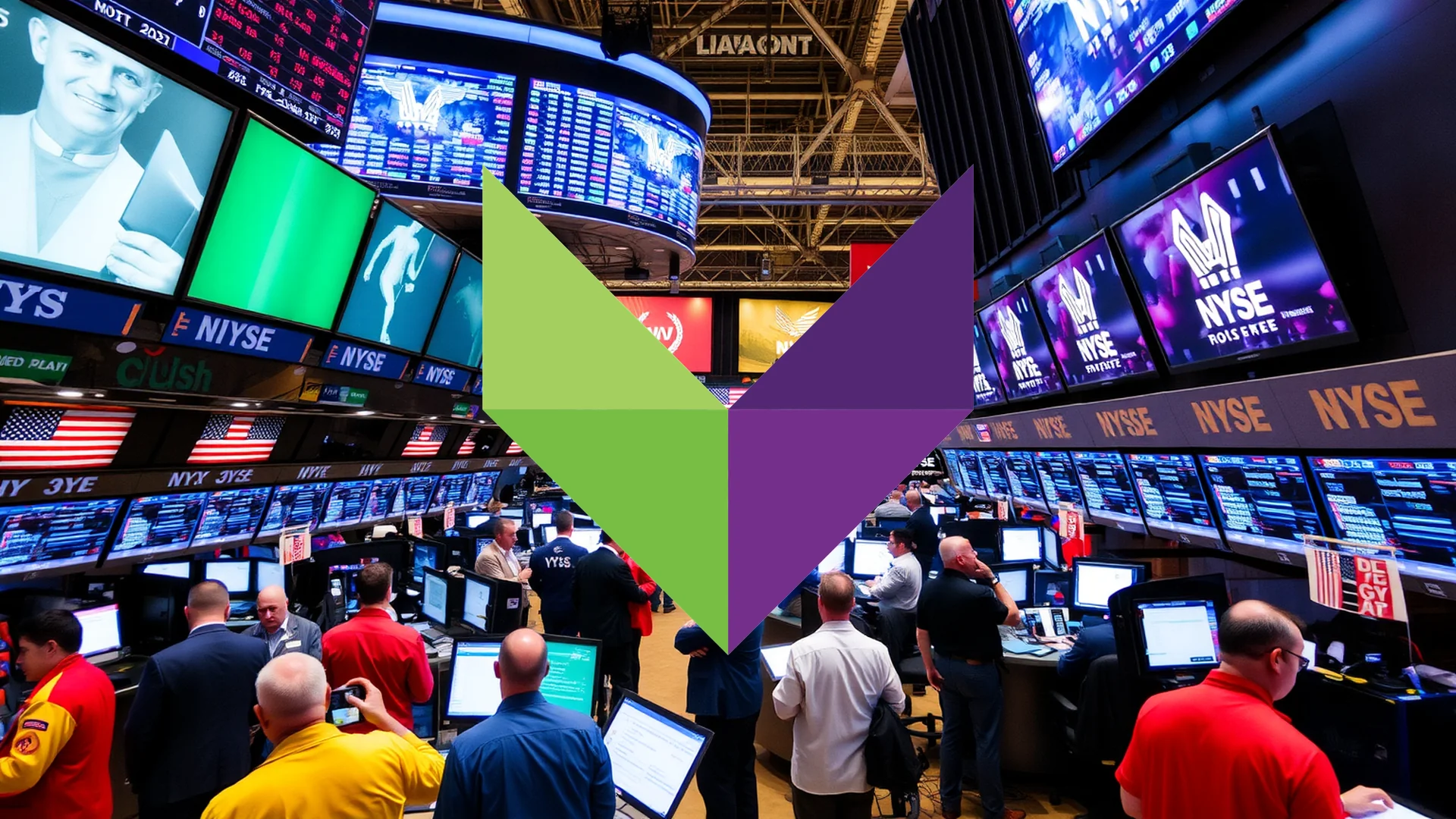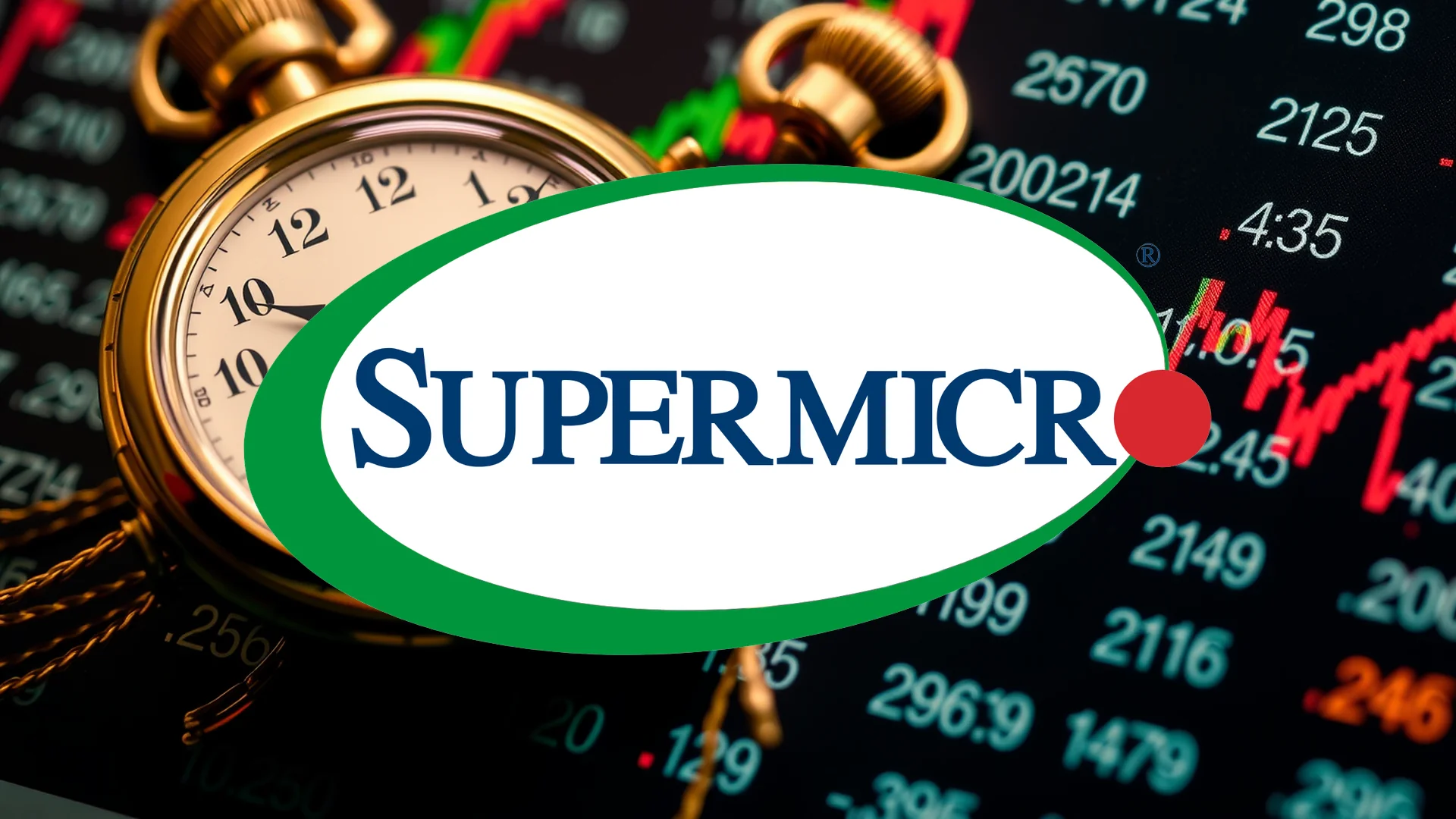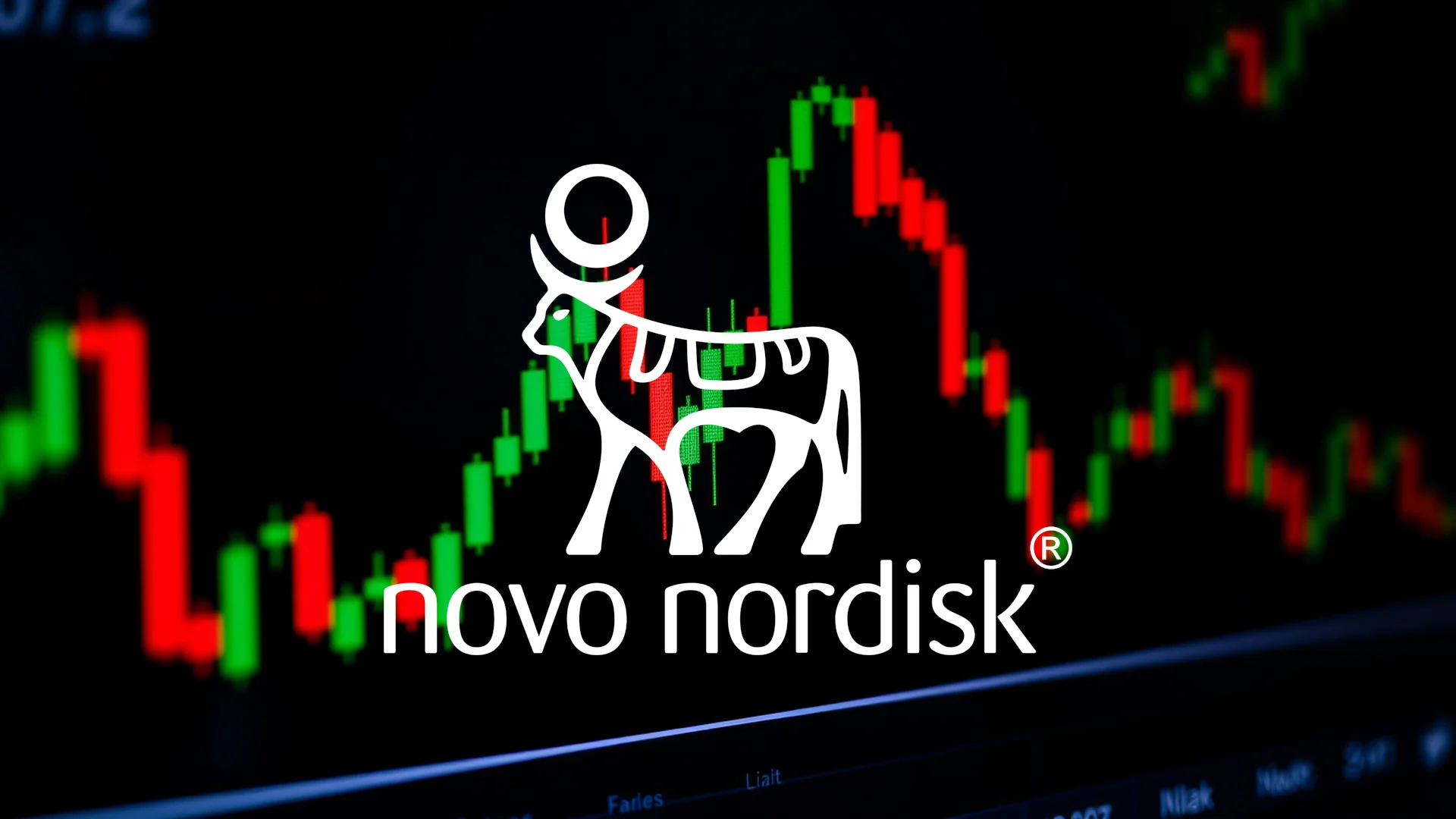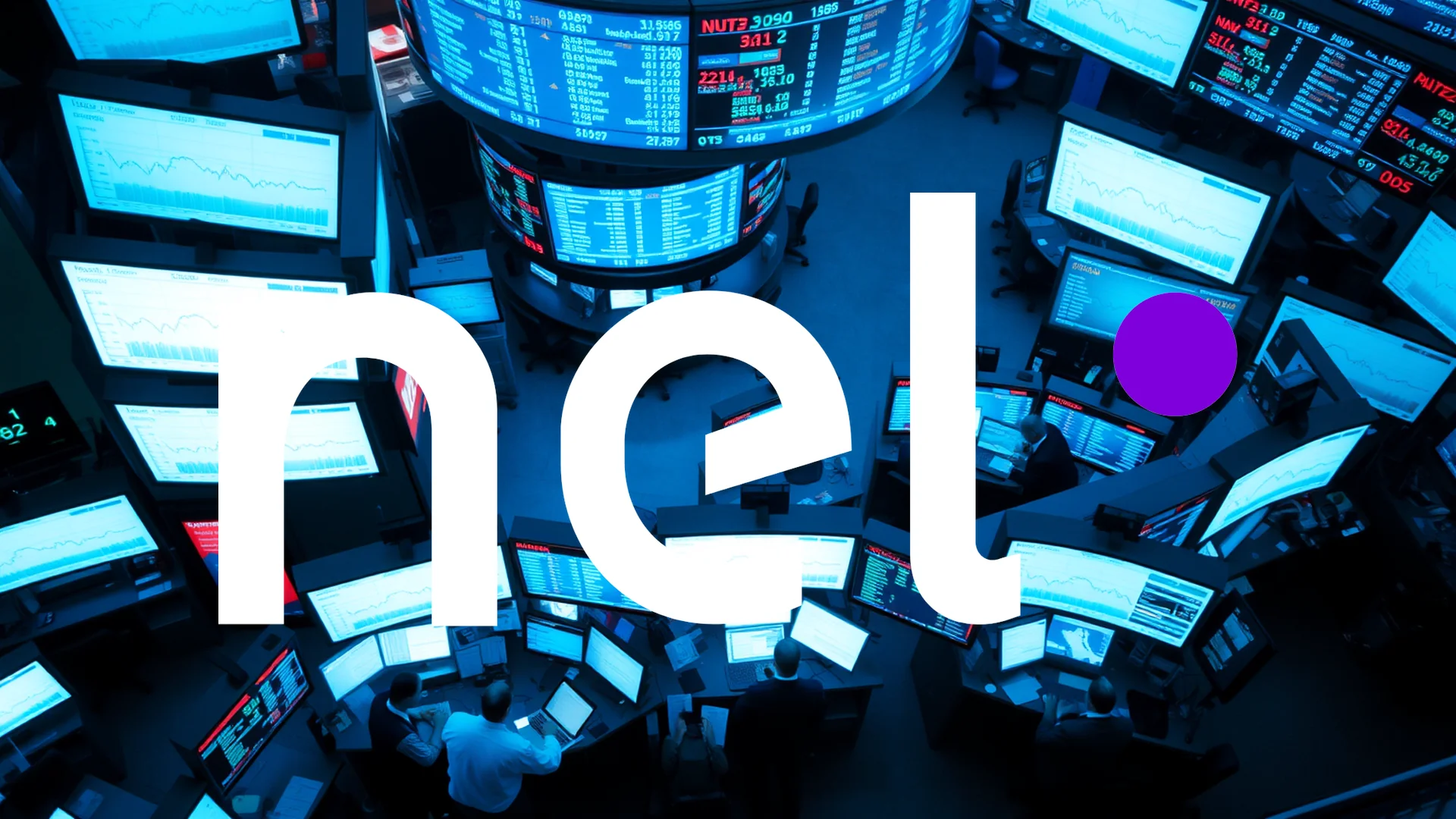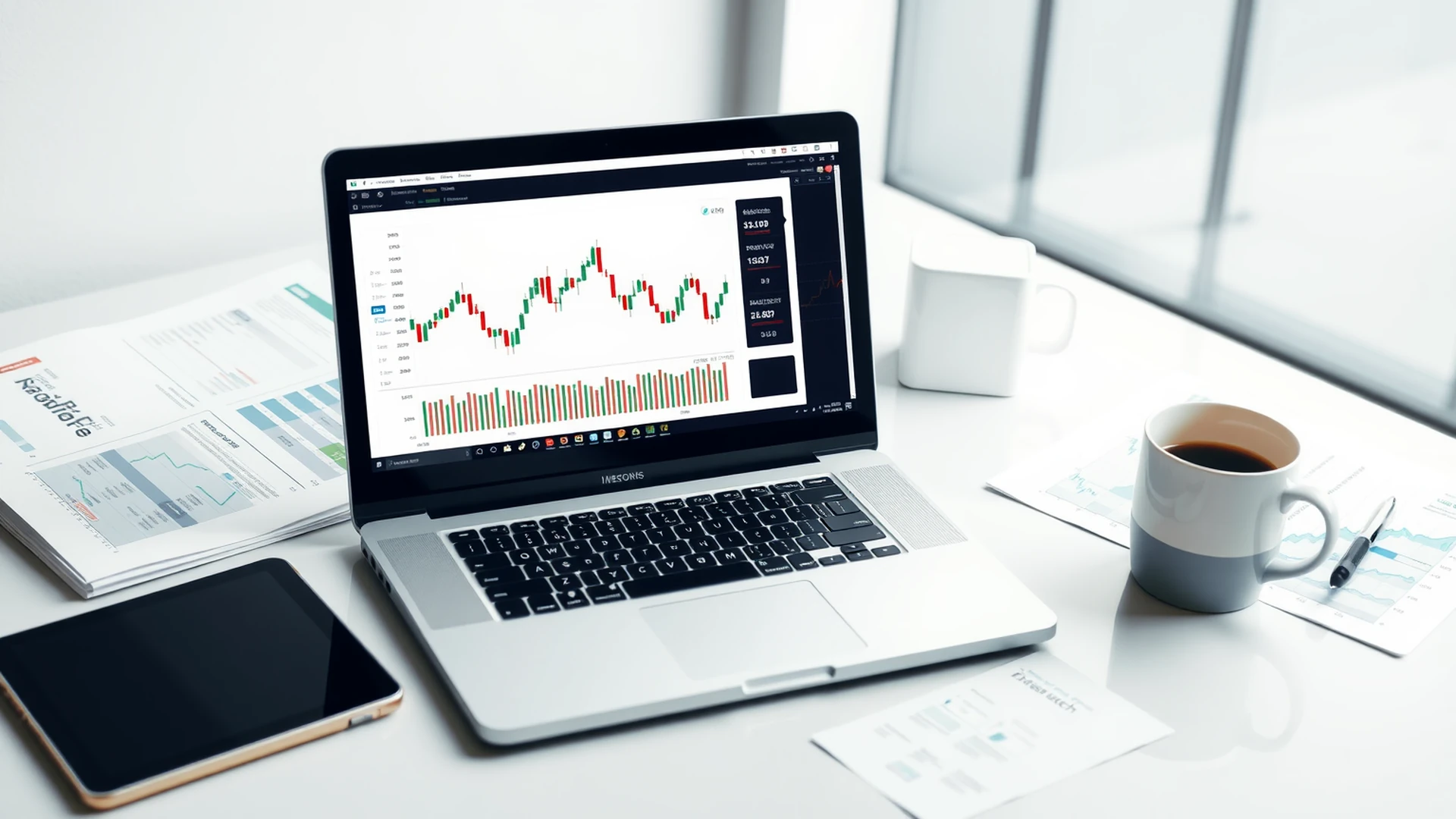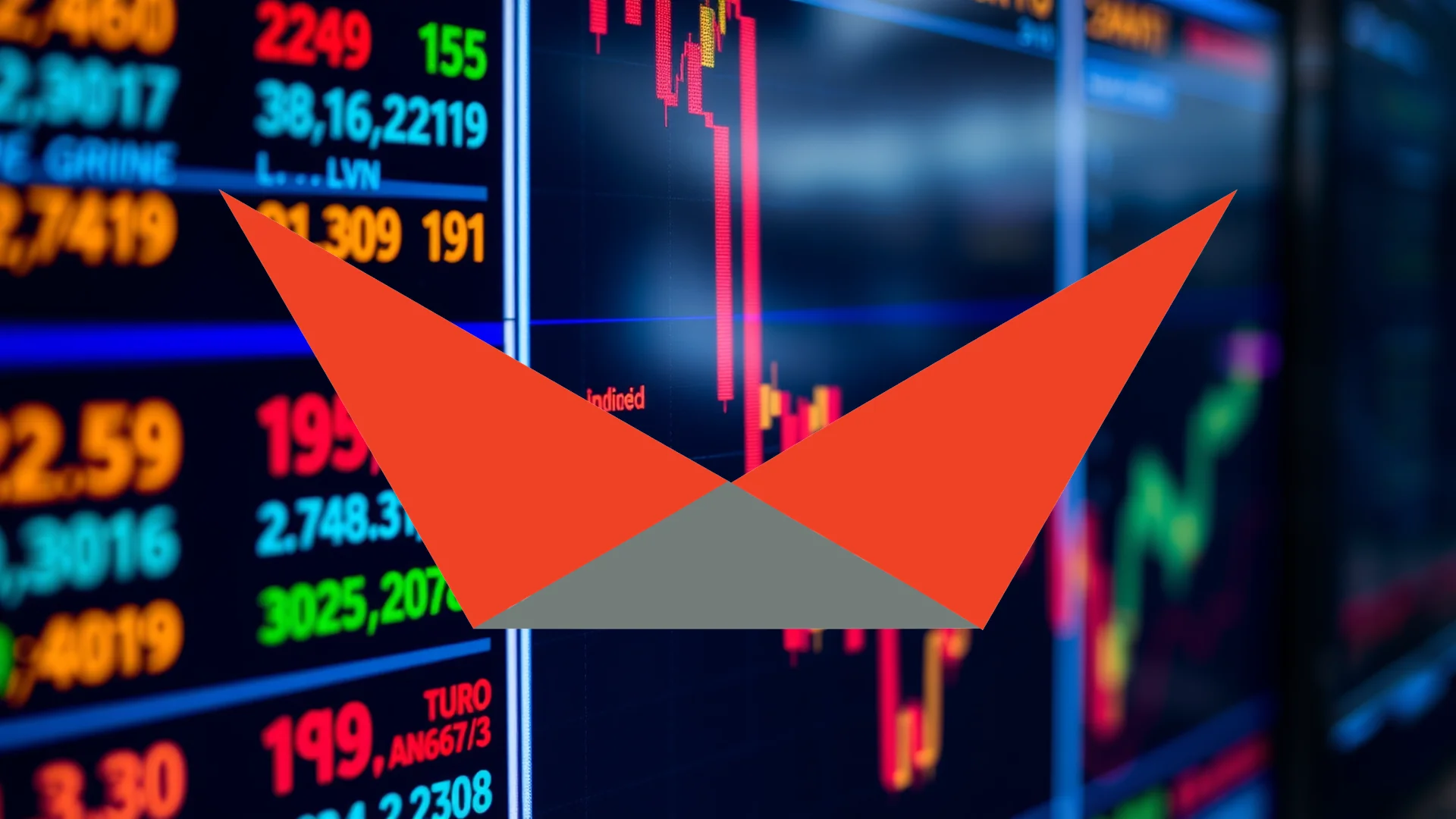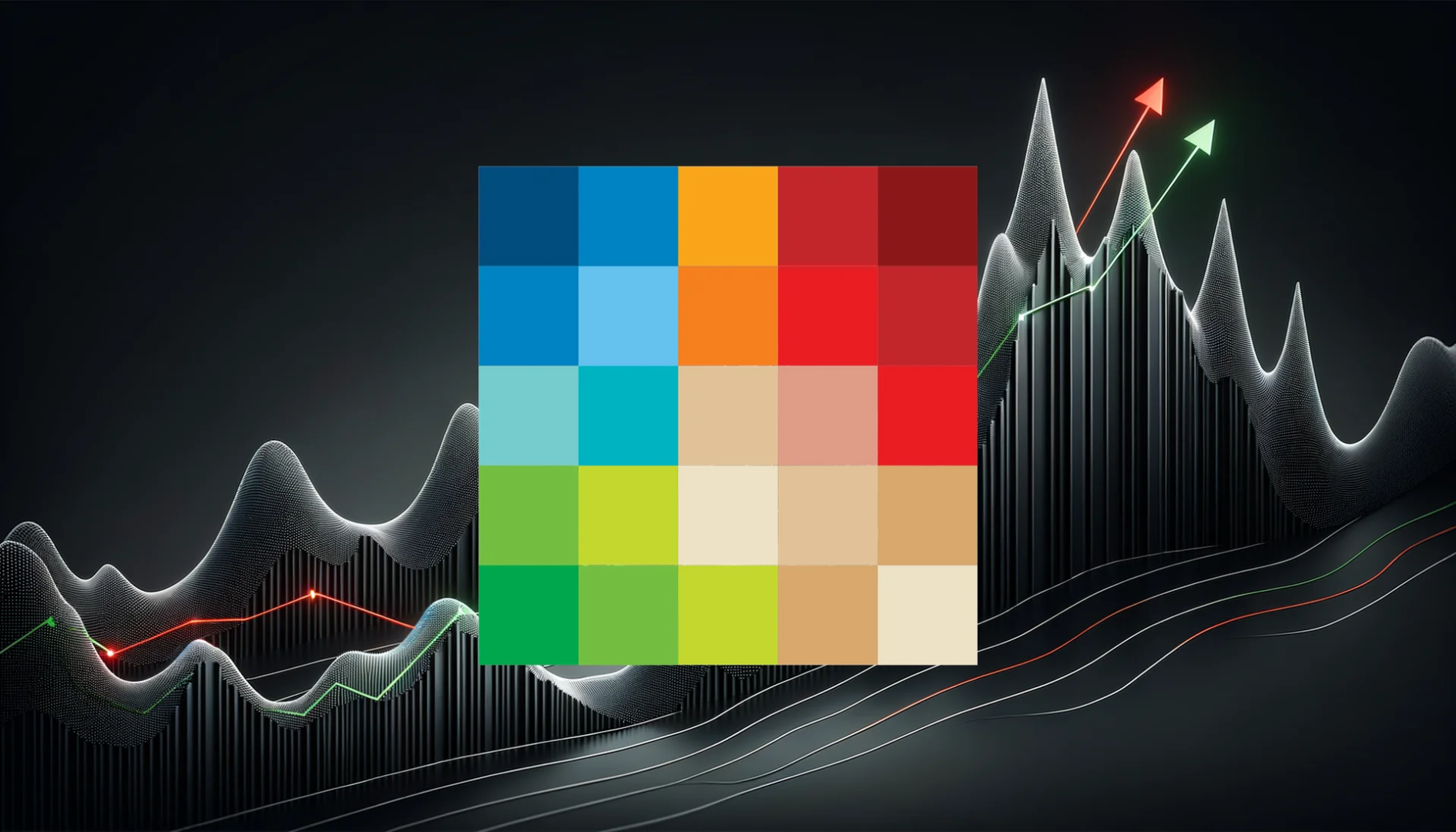HP’s latest quarterly results reveal a tale of two businesses: a resurgent personal computing unit powered by artificial intelligence and a persistently declining printing segment. This divergence presents both a significant opportunity and a substantial challenge for the technology conglomerate.
Institutional Investors Take Divergent Paths
The investment community appears divided on HP’s prospects. Magnetar Financial dramatically increased its stake by 153% during the first quarter, while DnB Asset Management expanded its position by 54%. In contrast, Advisors Asset Management slightly reduced its holdings. These contrasting investment strategies highlight the uncertainty surrounding HP’s future stock performance as the company navigates its mixed operational results.
Personal Systems Division Demonstrates Strength
HP’s computing segment delivered impressive performance in Q3 2025, with revenue climbing 6% to reach $9.9 billion. The growth was broadly based, with commercial revenue increasing 5% and consumer sales advancing 8%. The standout performance came from AI-capable PCs, which accounted for more than 25% of all HP shipments. This rapid adoption rate indicates the company is successfully capitalizing on the artificial intelligence trend that’s transforming the computing landscape.
Should investors sell immediately? Or is it worth buying HP?
Printing Segment Continues to Struggle
Offsetting the computing success, HP’s printing business remained problematic with revenue declining 4% to $4 billion. This persistent weakness underscores the structural challenges facing the company’s traditional printer operations. The ongoing contraction raises questions about how long the expanding computer division can continue to compensate for the printing segment’s difficulties.
Forward Guidance and Shareholder Returns
Looking ahead, management expressed confidence in its fourth-quarter outlook, projecting adjusted earnings between $0.87 and $0.97 per share. The company continues to reward shareholders through its dividend program, offering $0.2894 per share quarterly, which translates to an attractive 4.0% annual yield.
The central question facing investors is whether HP can leverage the momentum from its AI computing success to create sustainable, long-term growth that ultimately outweighs the challenges in its printing business. Coming quarters will reveal whether the current recovery represents a fundamental shift or merely temporary improvement.
Ad
HP Stock: Buy or Sell?! New HP Analysis from December 12 delivers the answer:
The latest HP figures speak for themselves: Urgent action needed for HP investors. Is it worth buying or should you sell? Find out what to do now in the current free analysis from December 12.
HP: Buy or sell? Read more here...

